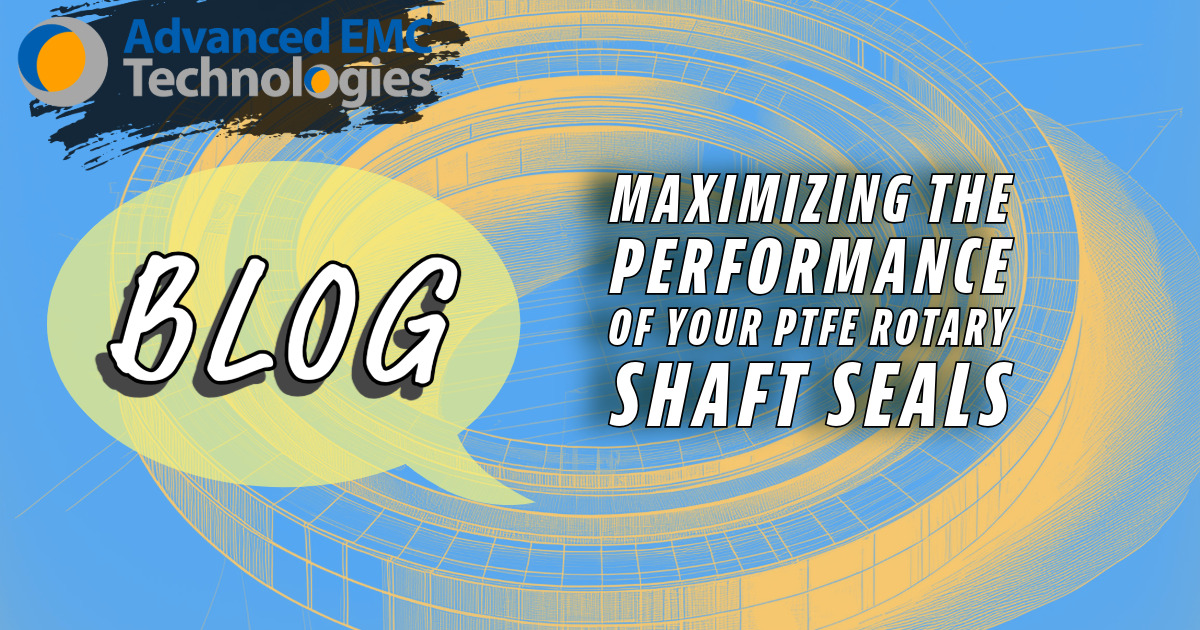Extruded PTFE components are critical to many high-performance systems for industries ranging from pharmaceuticals to oil & gas. They deliver chemical resistance, low friction, and thermal stability in ways few other materials can match. When produced as rods, tubes, and sheets, they become seals, bushings, insulators, and more. In harsh environments where metals corrode and plastics wear out, extruded PTFE proves to be both versatile and reliable.
The Extrusion Process and Its Advantages
In extrusion, a heated polymer is forced through a precision die to form a continuous cross-section with a uniform shape. Unlike molding, which forms discrete parts, extrusion results in long lengths that can be cut to form multiple discrete components later. The typical extruded forms are rods, tubes, sheets, and profiles. Extrusion offers key benefits, including consistency, scalability, and excellent cost-effectiveness, for high-volume production runs.
The Extruded PTFE Process
Unlike most thermoplastics, PTFE cannot be melt-extruded because it does not flow when heated past its melting point. PTFE extrusion relies on a cold-forming technique that begins with a very fine PTFE powder that has been mixed with a volatile lubricant. This compound is compressed into a preform under high pressure, producing a billet with sufficient integrity for further processing. The billet is then forced through a die using a ram-type extruder, creating rods, tubes, or profiles with a continuous cross-section.
Once extrusion is complete, the lubricant must be carefully removed, often by heating in a controlled environment. The part then undergoes a sintering cycle where it is heated above 327°C in order to fuse PTFE particles into a dense, consistent structure. This step is critical because sintering enhances mechanical strength, dimensional stability, and the chemical inertness PTFE is known for. The final product can then be machined into precise components such as seals, bushings, or insulators, depending on the intended application.
Unique Material Properties of PTFE in Harsh Environments
PTFE is a thermoplastic polymer that readily lends itself to a specialized extrusion process. It is extremely thermally stable with a usage range from -200°C to +260°C. PTFE is also known for its outstanding chemical resistance in that it is inert to most corrosive chemicals and solvents. Another excellent feature of PTFE is its low friction and non-stick surface, along with its self-lubricating nature, all of which reduce wear in moving parts. In addition, PTFE has excellent dielectric properties. Finally, it is very dimensionally stable and exhibits resistance to creep and cold flow when appropriate fillers are utilized.
Extruded PTFE Components for Harsh Environments
Extruded PTFE components are ideal for harsh environments that may involve extreme temperatures, such as aerospace applications where there may be cryogenic and high-heat environments. They also work extremely well when aggressive chemicals are present, including oil & gas, chemical processing, and semiconductor industries. Extruded PTFE components exhibit excellent wear properties, making them an excellent choice for bearings, bushings, and seals designed for dynamic systems. Finally, they are a viable option for cleanroom and sterile environments such as those involving the medical, pharmaceutical, and food-grade compliance requirements.
Common Extruded PTFE Components and Use Cases
Rods are often machined into precision seals, bushings, and electrical insulators, where their ability to hold tight tolerances ensures consistent performance in demanding environments. Tubes find use as linings for process piping, sleeves for rotating shafts, spacers, and protective insulative covers, combining chemical resistance with electrical isolation. Sheets are commonly converted into gaskets, diaphragms, and wear pads..
Profiles and custom shapes make it possible to design specialized seals, connectors, or insulators tailored to unique dimensional and functional requirements. In practice, this includes PTFE bushings in cost-sensitive, high-volume assemblies where self-lubrication reduces maintenance, as well as extruded liners in corrosive fluid-handling systems that extend service life under aggressive operating conditions.
Enhancements Through Fillers and Modifications
There are some fillers that can significantly enhance the performance of PTFE. This includes glass-filled PTFE, which reduces creep and improves wear resistance. Carbon/graphite-filled PTFE is ideal for high-load and heat applications, while bronze-filled PTFE supports superior wear properties for use in bearing applications. There are PTFE blends that support improved electrical, mechanical, or chemical performance.
Conclusion
Extruded PTFE components do an excellent job of combining versatility, reliability, and adaptability across industries. And for engineers facing harsh environments, extruded PTFE provides a proven material solution that outperforms conventional options. We would like to encourage you to explore Advanced EMC’s range of PTFE rods, tubes, and sheets for your next application.


